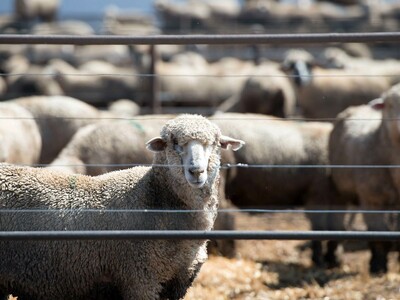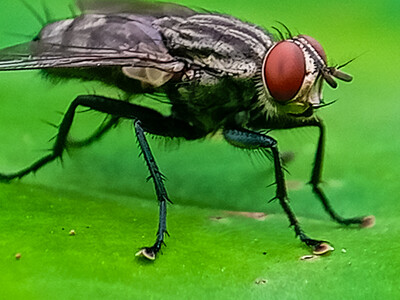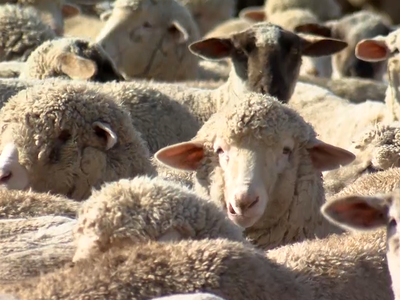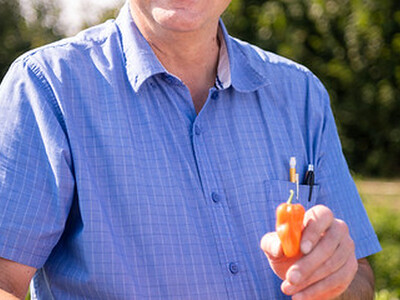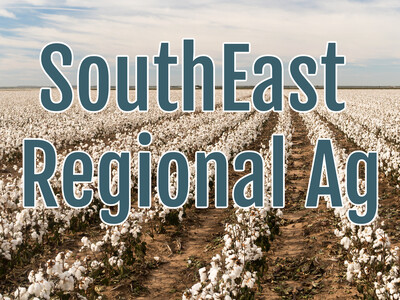Grass Seed Industry Recovering
Grass Seed Industry Recovering. I’m Greg Martin with today’s Line On Agriculture.
Grass seed exports from Oregon remain strong, which is good news for an industry that has suffered greatly from the US recession the past few years. One sign of recovery is the export numbers generated by the Oregon Department of Agriculture's inspection and certification of grass seed bound for other countries. Since the recession began in 2008, the amount of grass seed okayed by ODA for export has more than doubled to 136 million pounds, a lot of that headed across the Pacific.
CRAMER: Over these last few years, the US economy has just not been that swift, it hasn't been fired up. New housing starts are down. But in the Asian economy especially, we continue to see an economy that is continuing to grow.
China remains Oregon's top customer for grass seed. ODA's Jim Cramer and industry representatives recently returned from another key export market- South Korea.
CRAMER: Everywhere we went, the same message was heard. Product from Oregon is such high quality, we don't have problems with it. That didn't go unnoticed by our seed industry. They should be bloody proud.
ODA inspectors take samples of grass seed, the seed laboratory then tests those samples to make sure it is clean of pests and diseases. The phytosanitary certificate issued by ODA then gives the grass seed clear sailing into the export market. Exports have picked up the slack for declining domestic sales of Oregon grass seed and now represent about 35 percent of the total market. Cramer says ODA helps assure high quality of Oregon's grass seed by inspecting and certifying seed bound for export.
CRAMER: So we have a highly qualified staff and a very good laboratory to evaluate those seeds so that when it arrives, customers and government officials are very happy.
Cramer says a lot of the increase in the inspection and certification of grass seed done by ODA is due to the European Union now requiring testing that assures a product that is pest and disease free.
CRAMER: By and large, these new changes have caused the agency to react to provide these services. It has really kept our people and our laboratory, our folks that our out there pulling the samples busy.
That’s today’s Line On Agriculture. I’m Greg Martin on the Ag Information Network.






